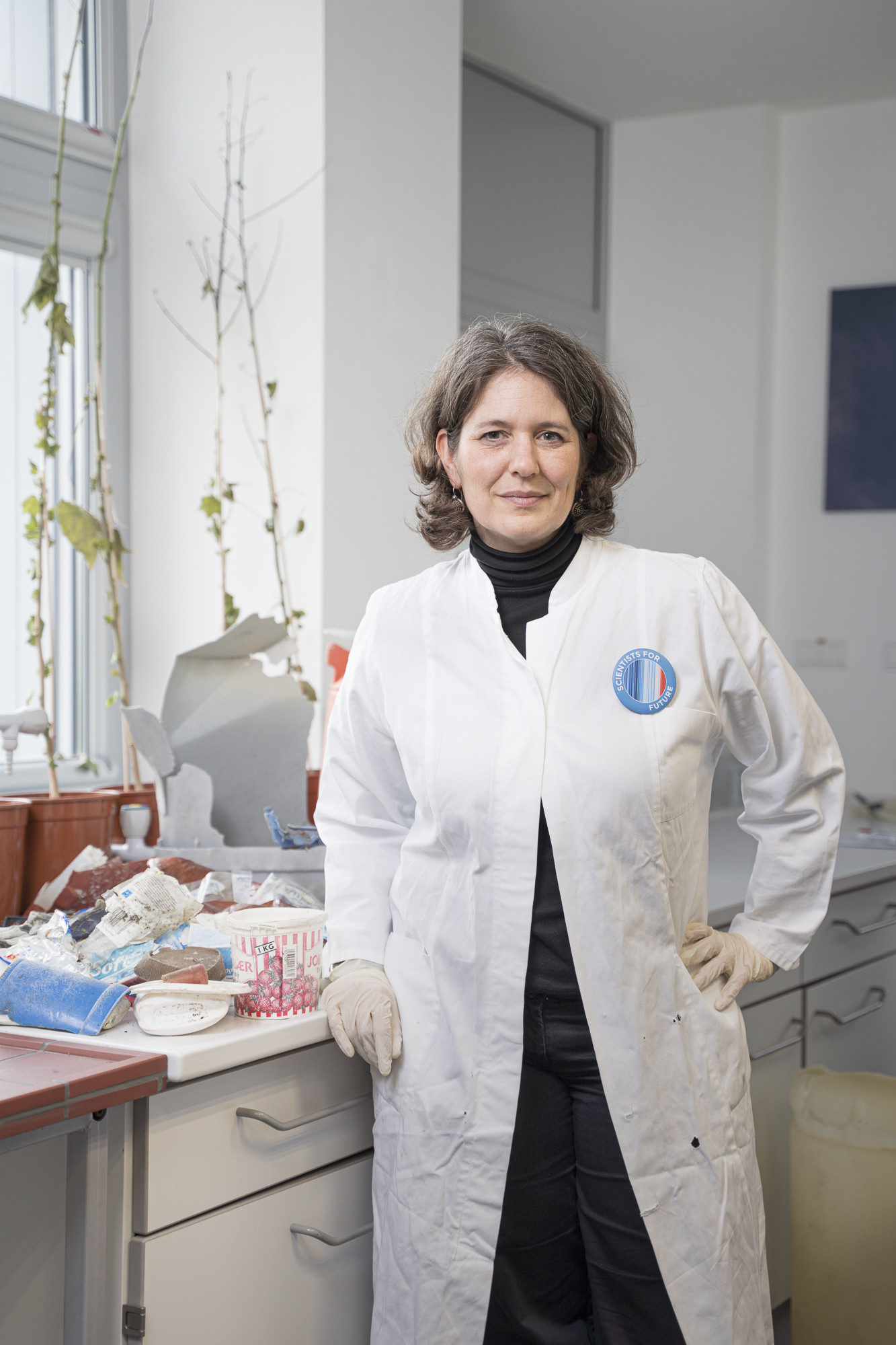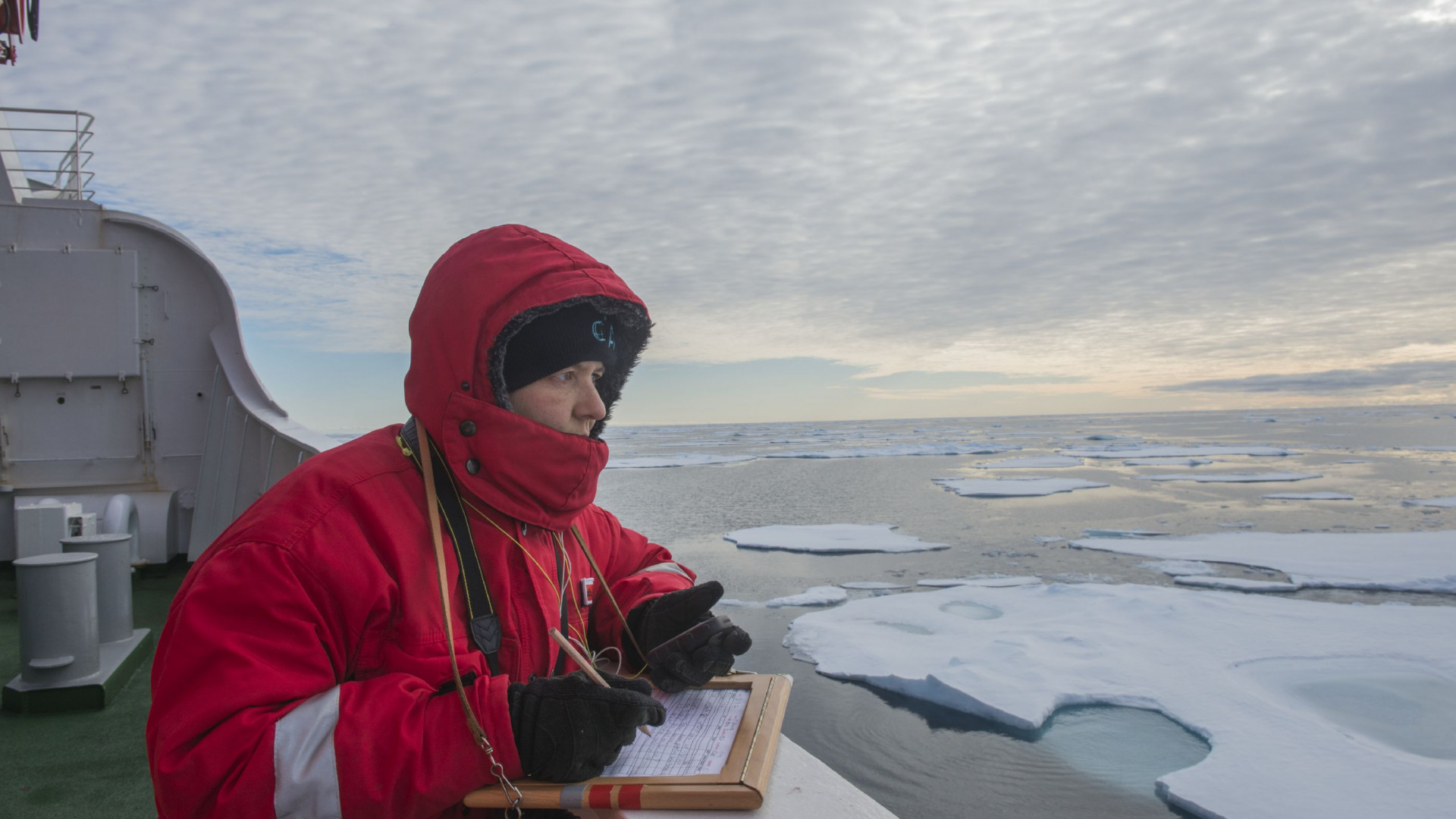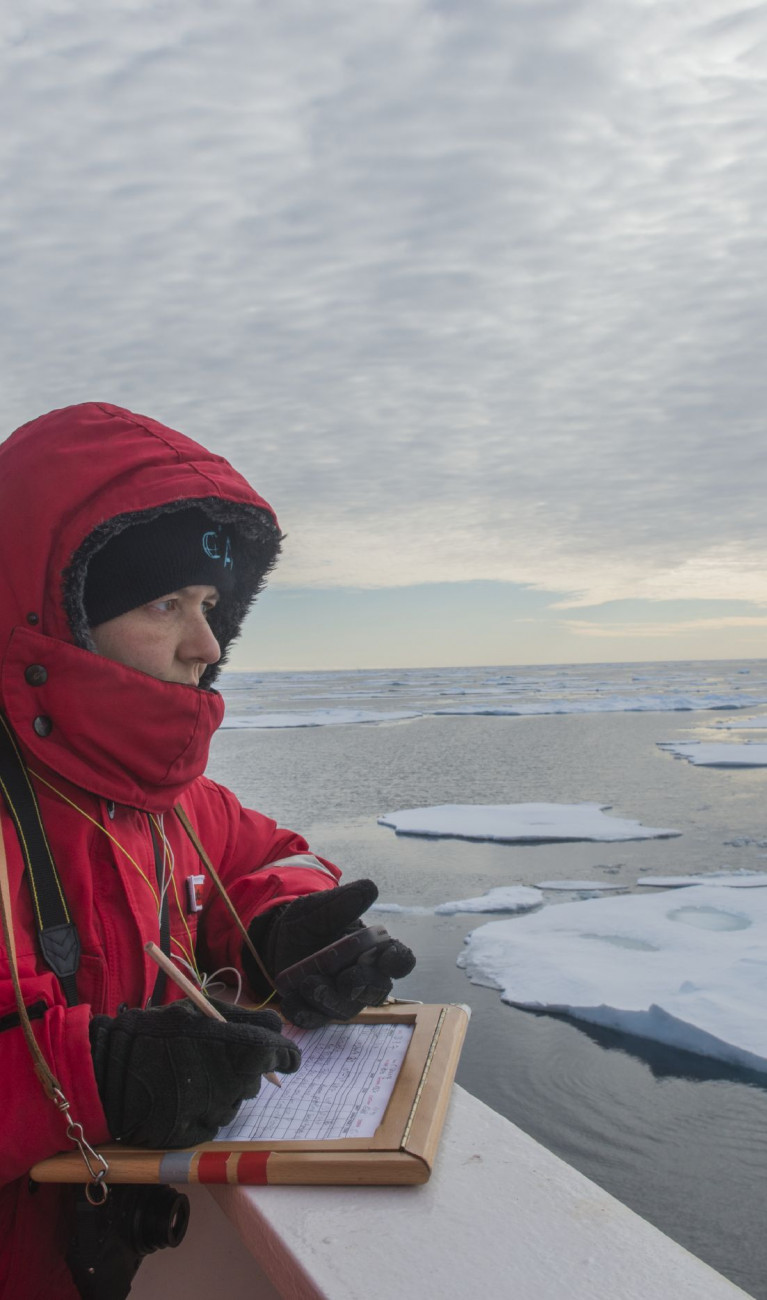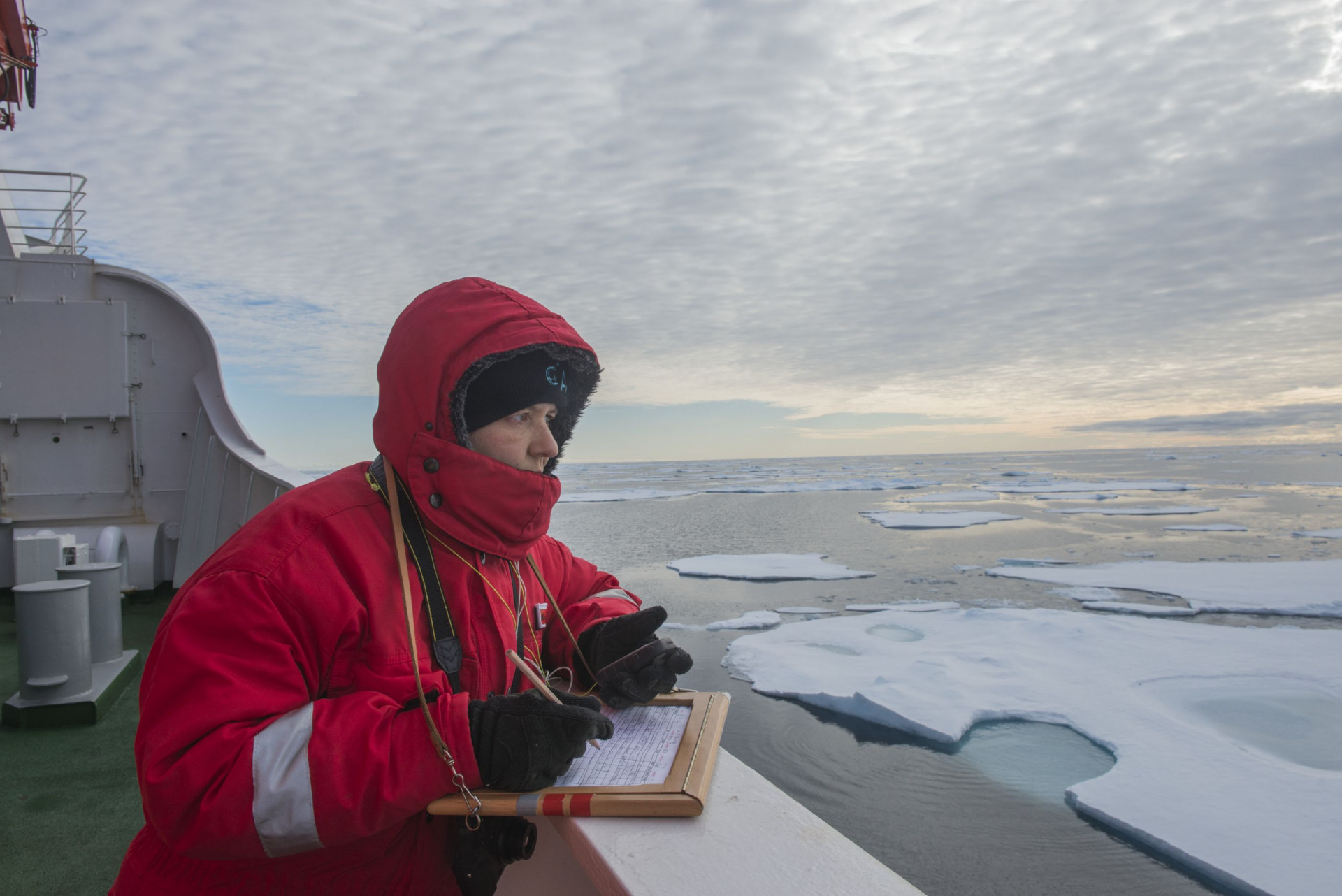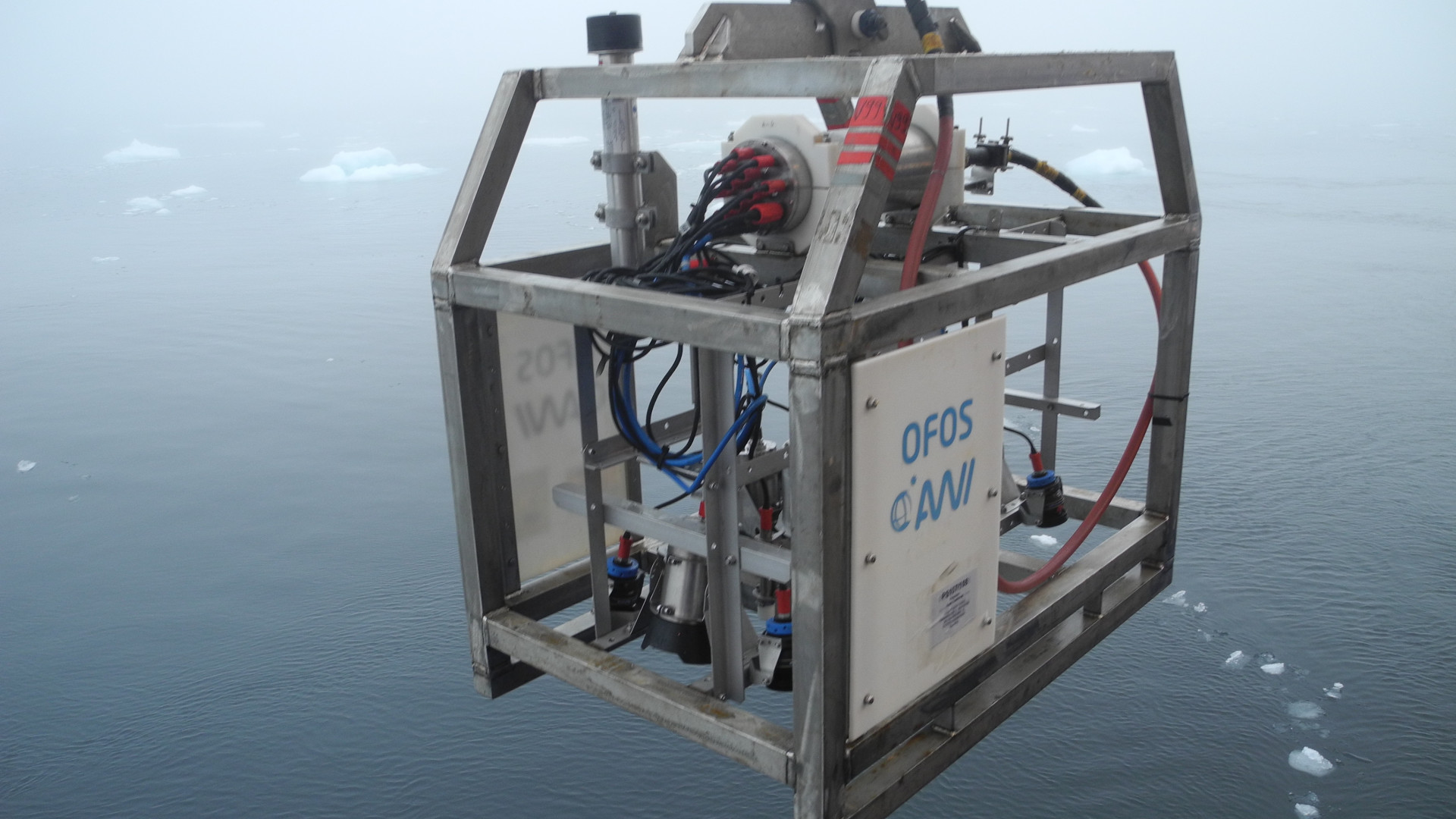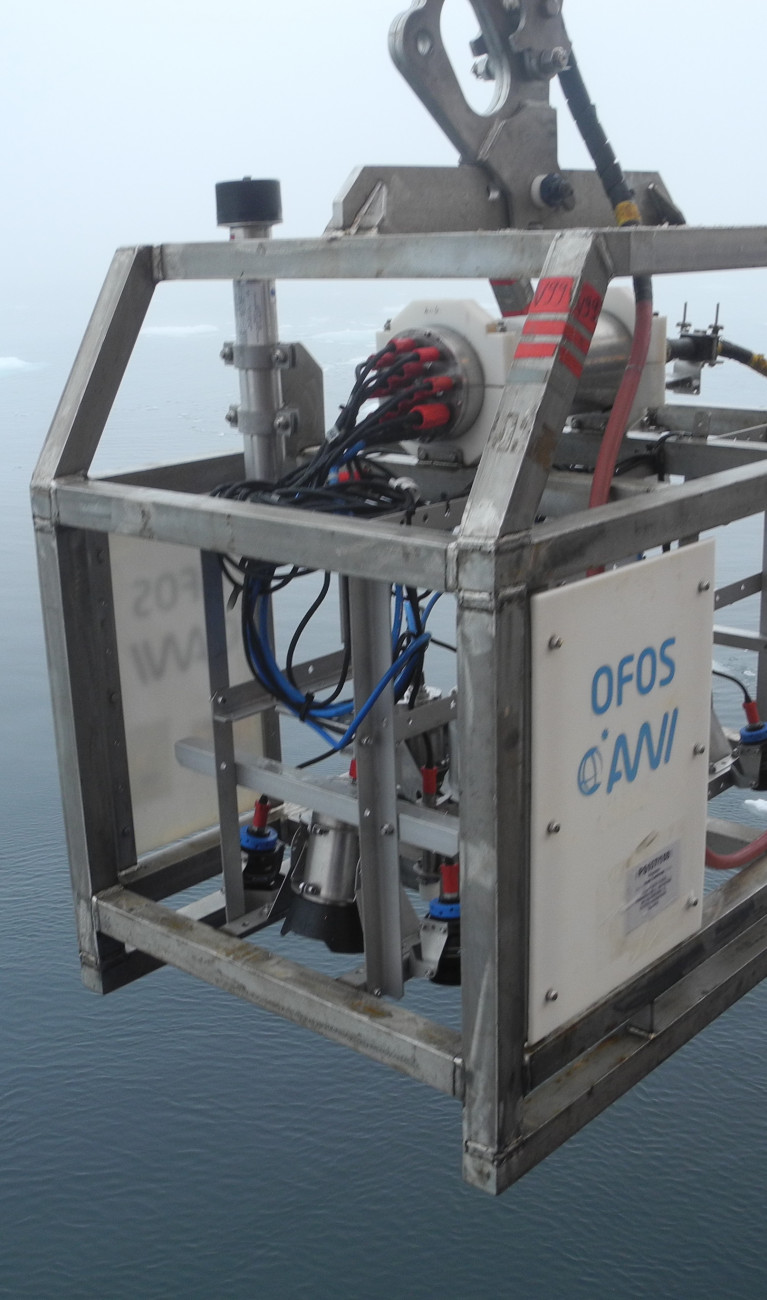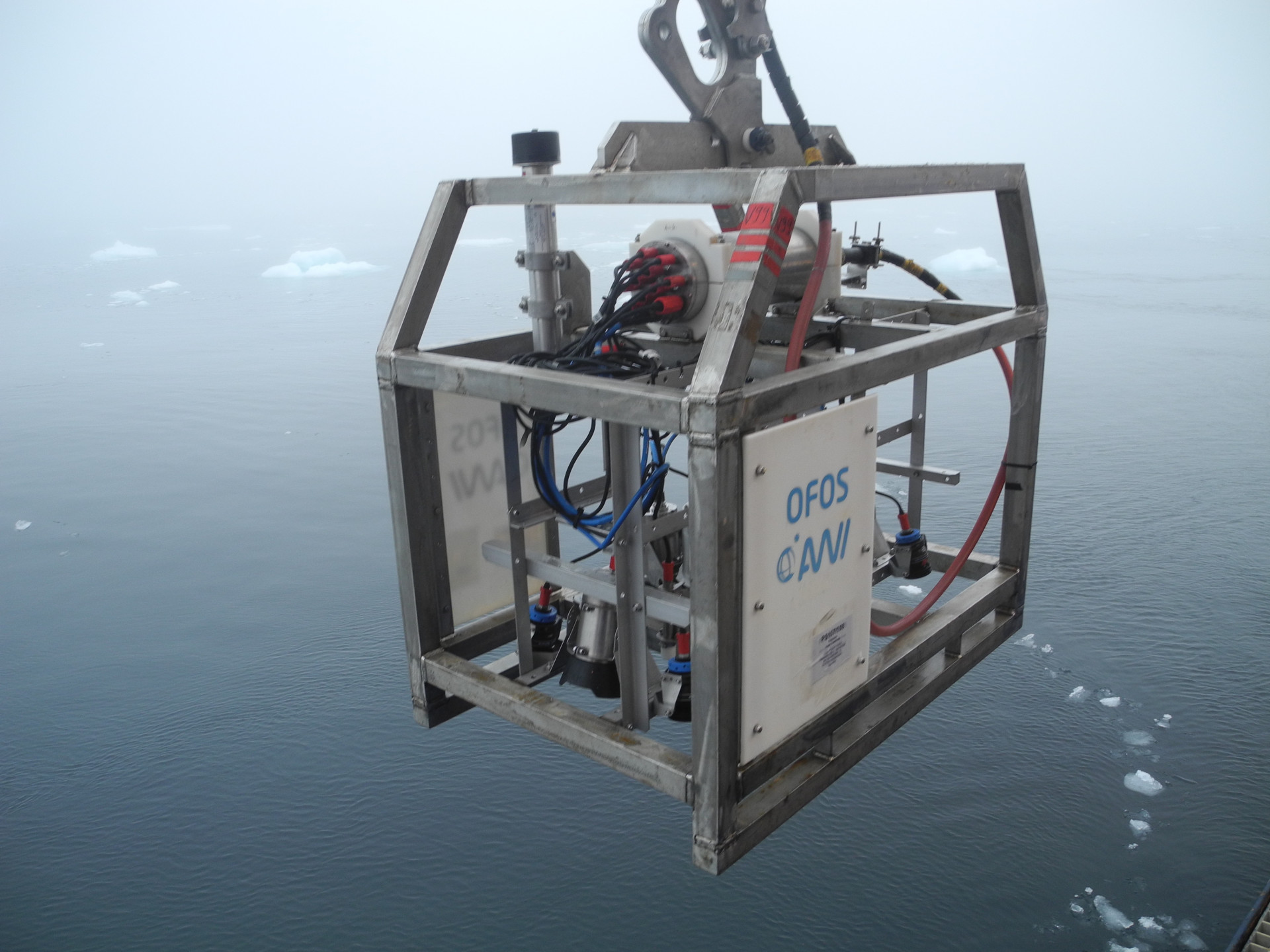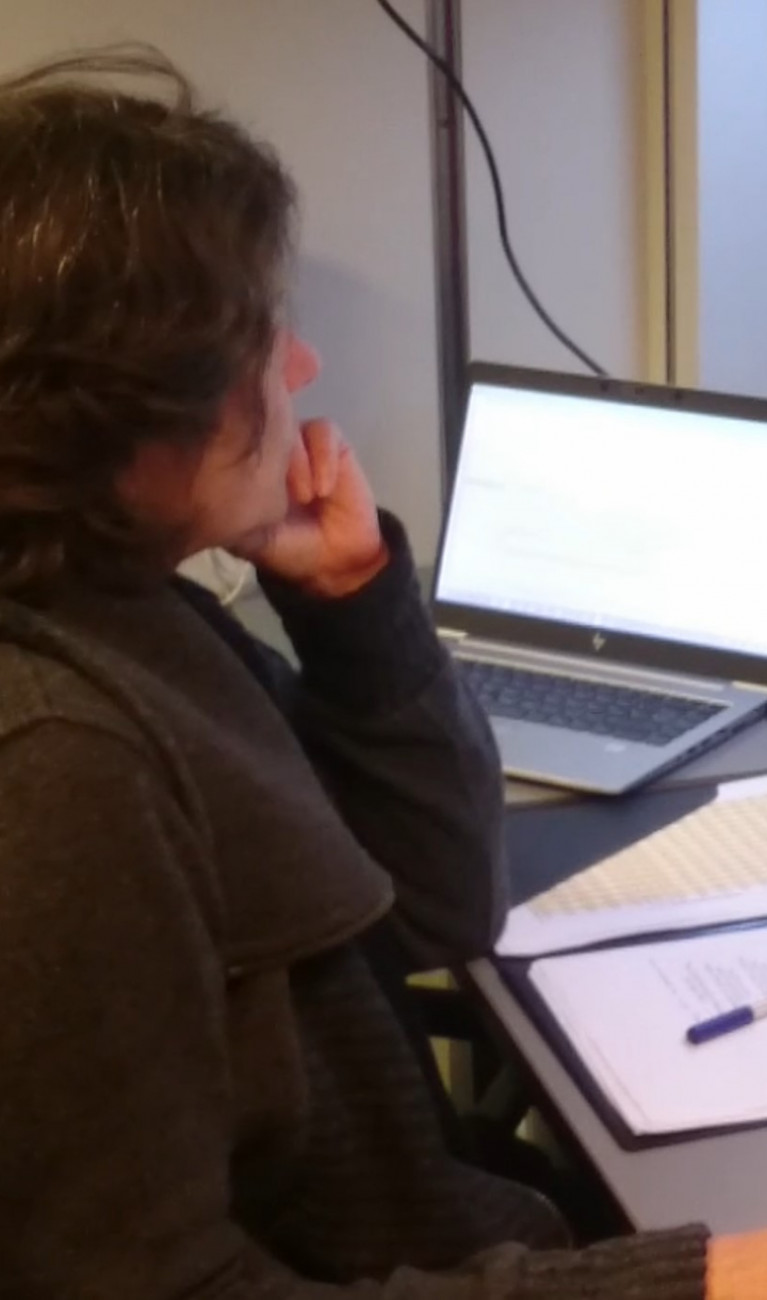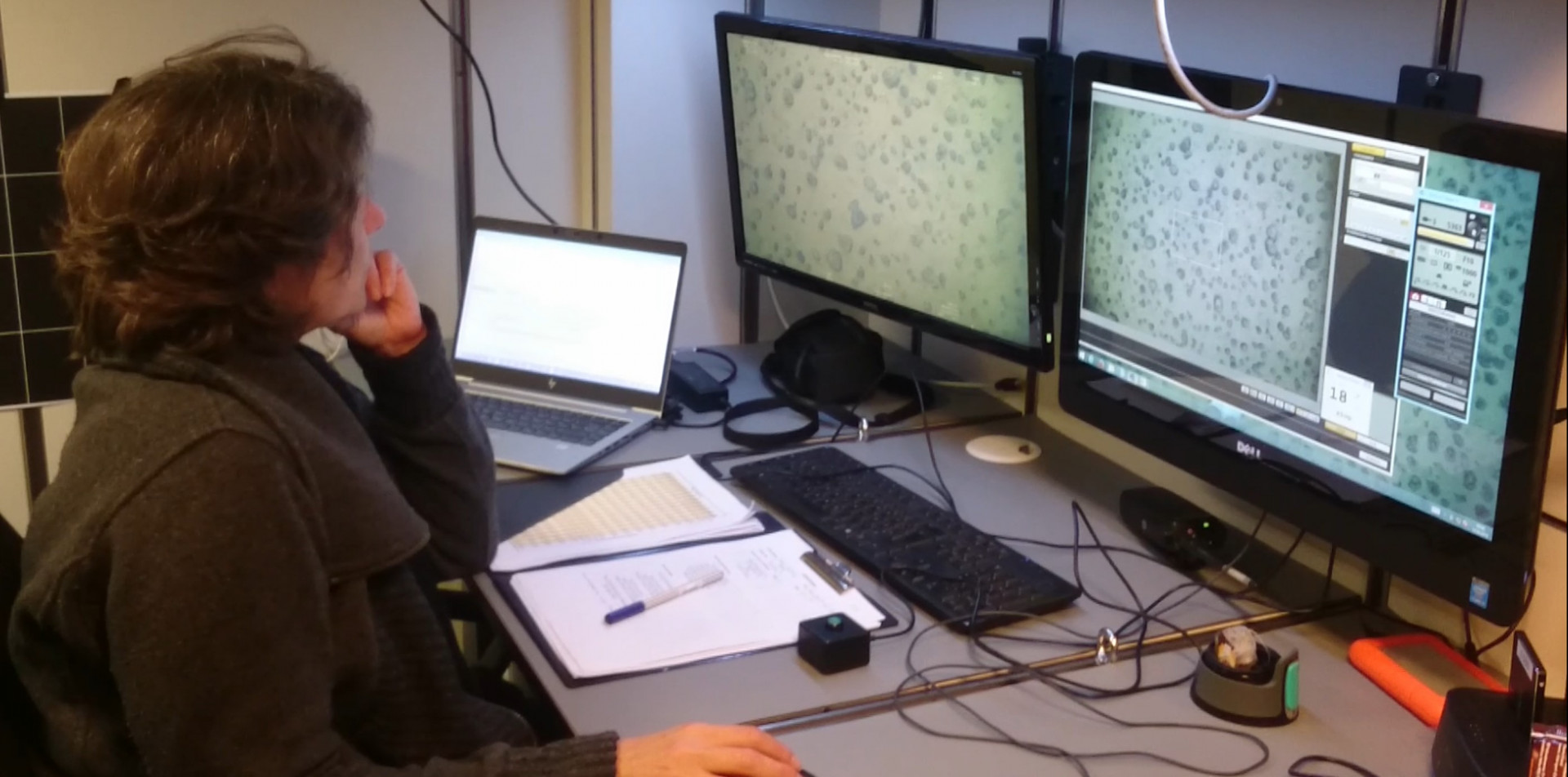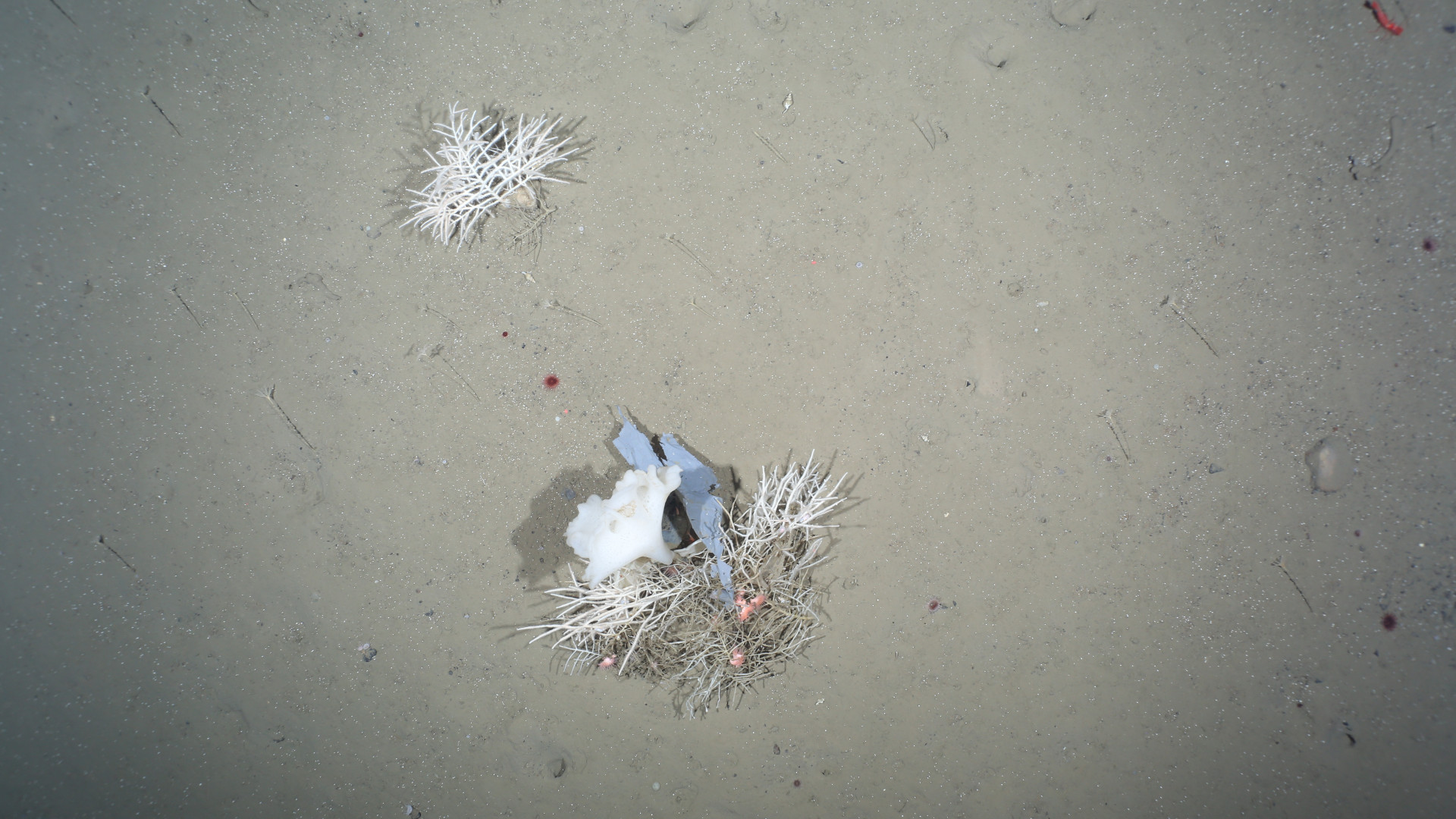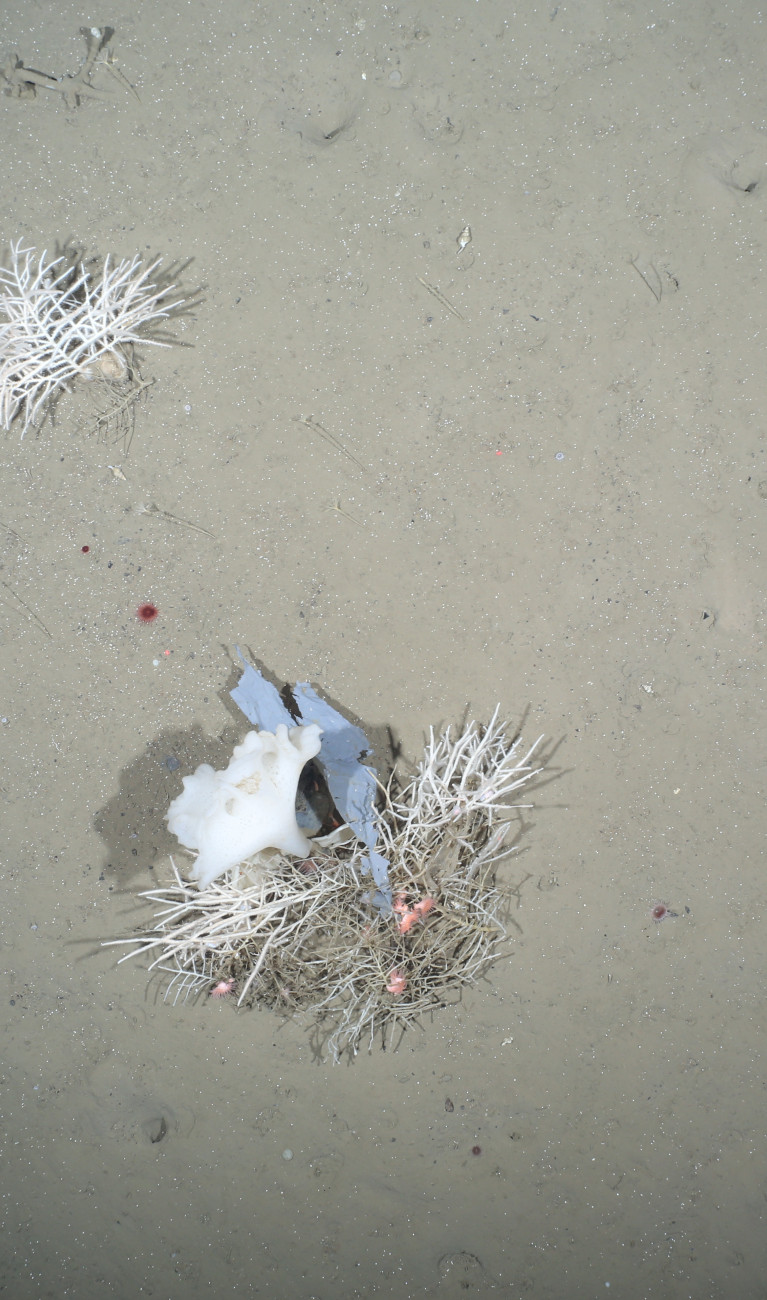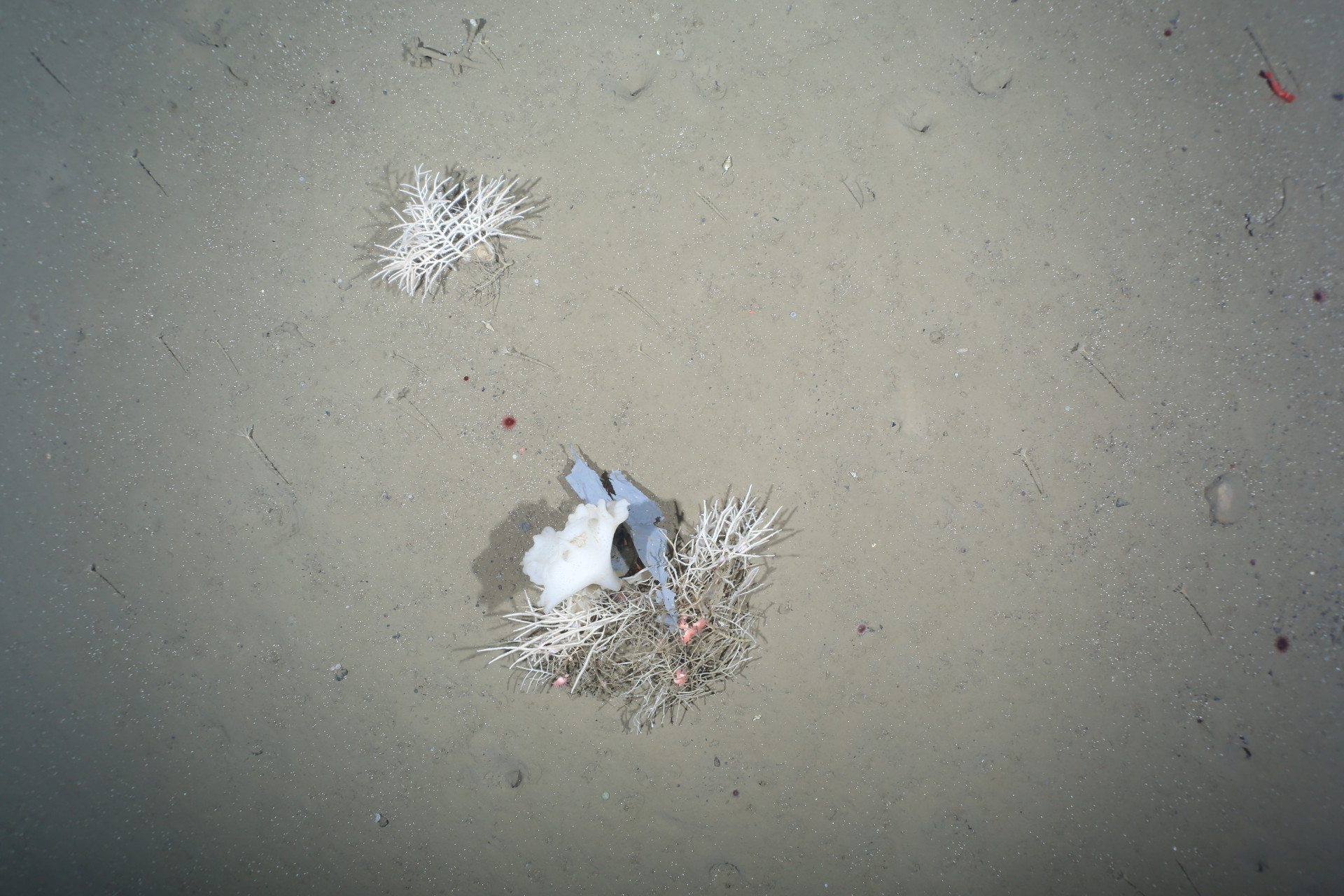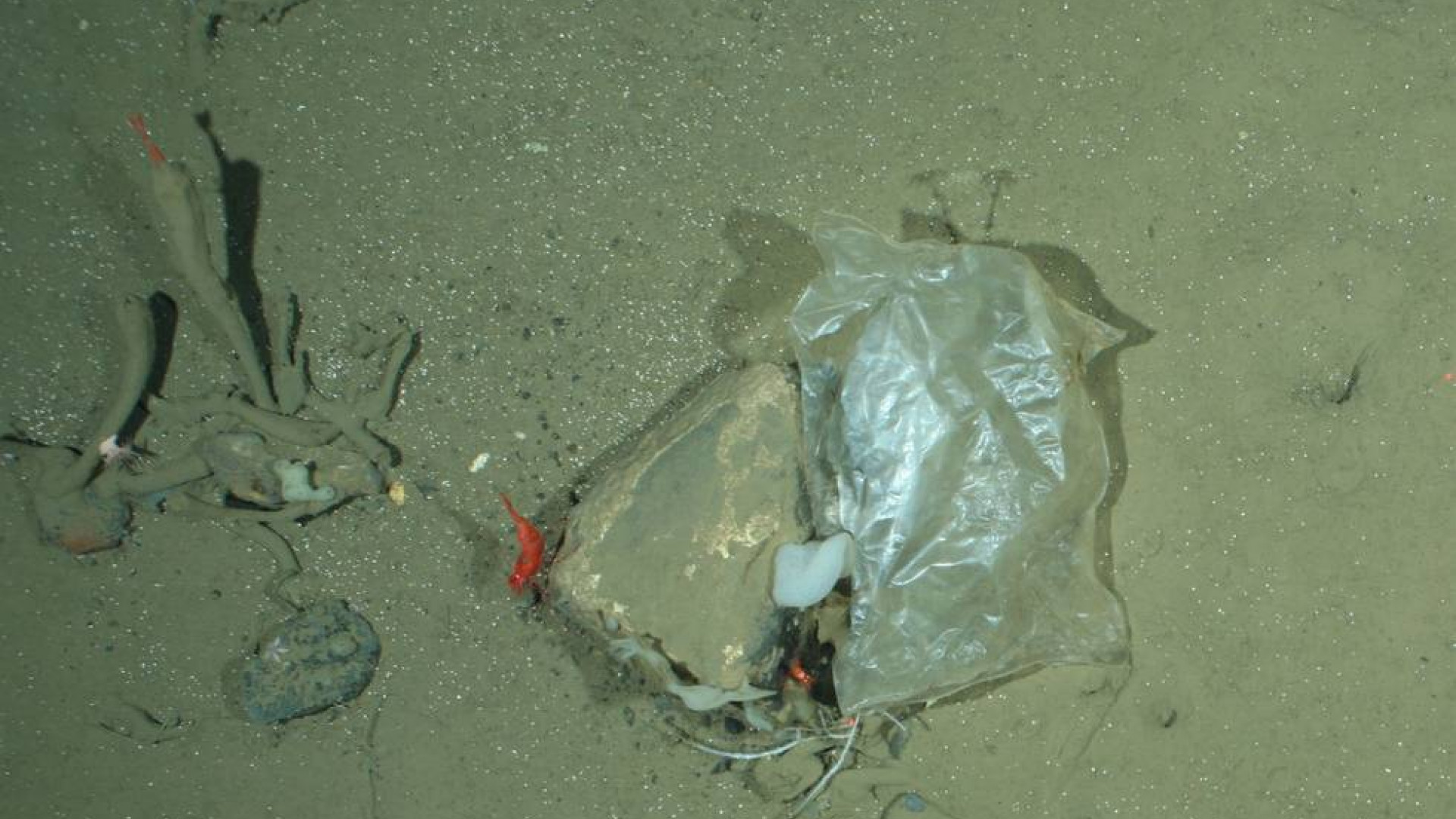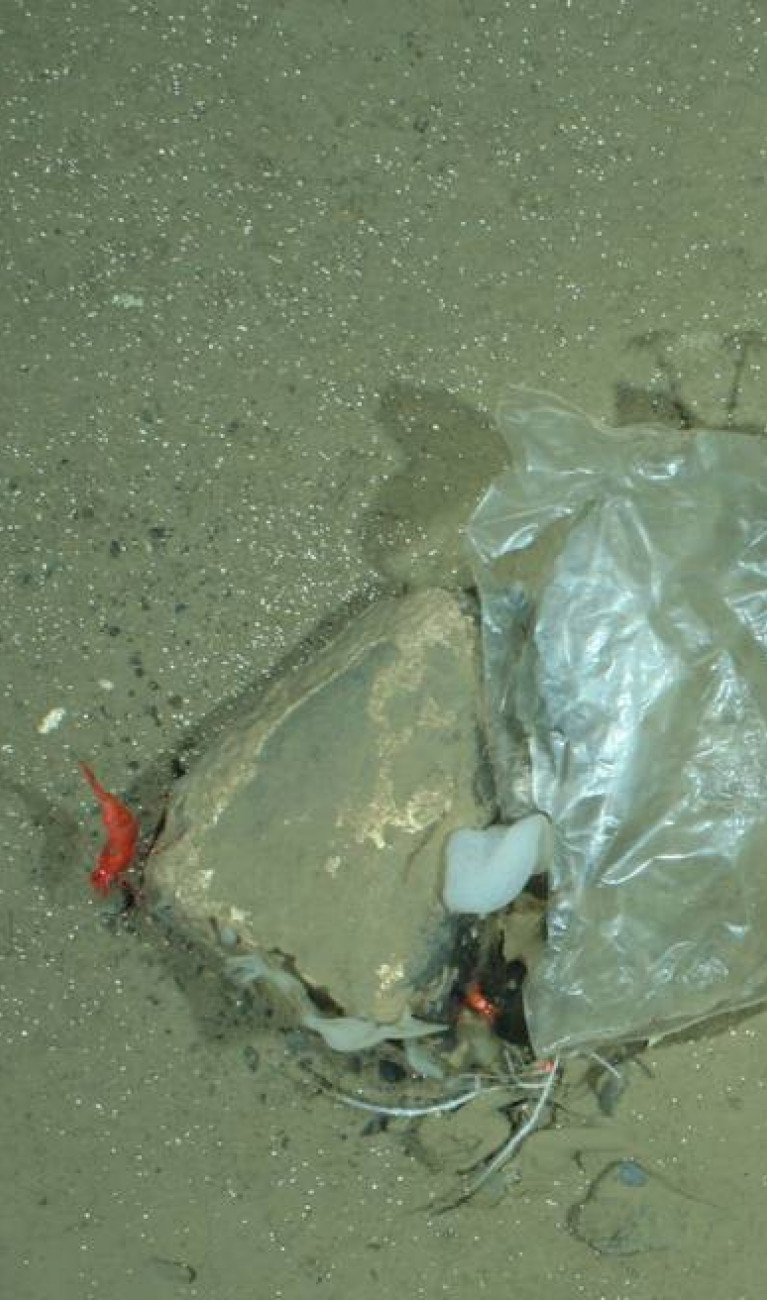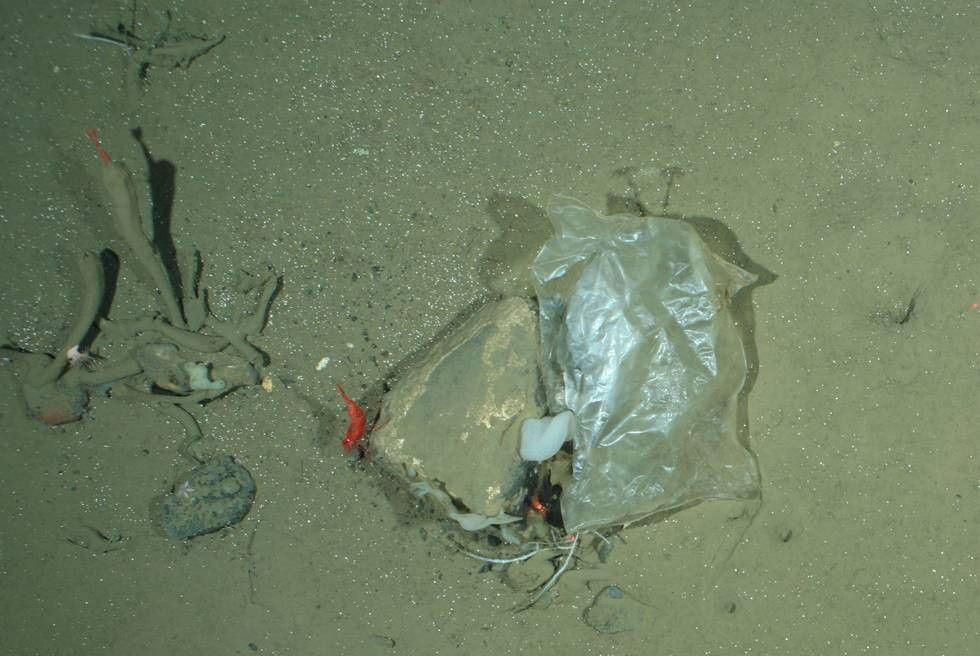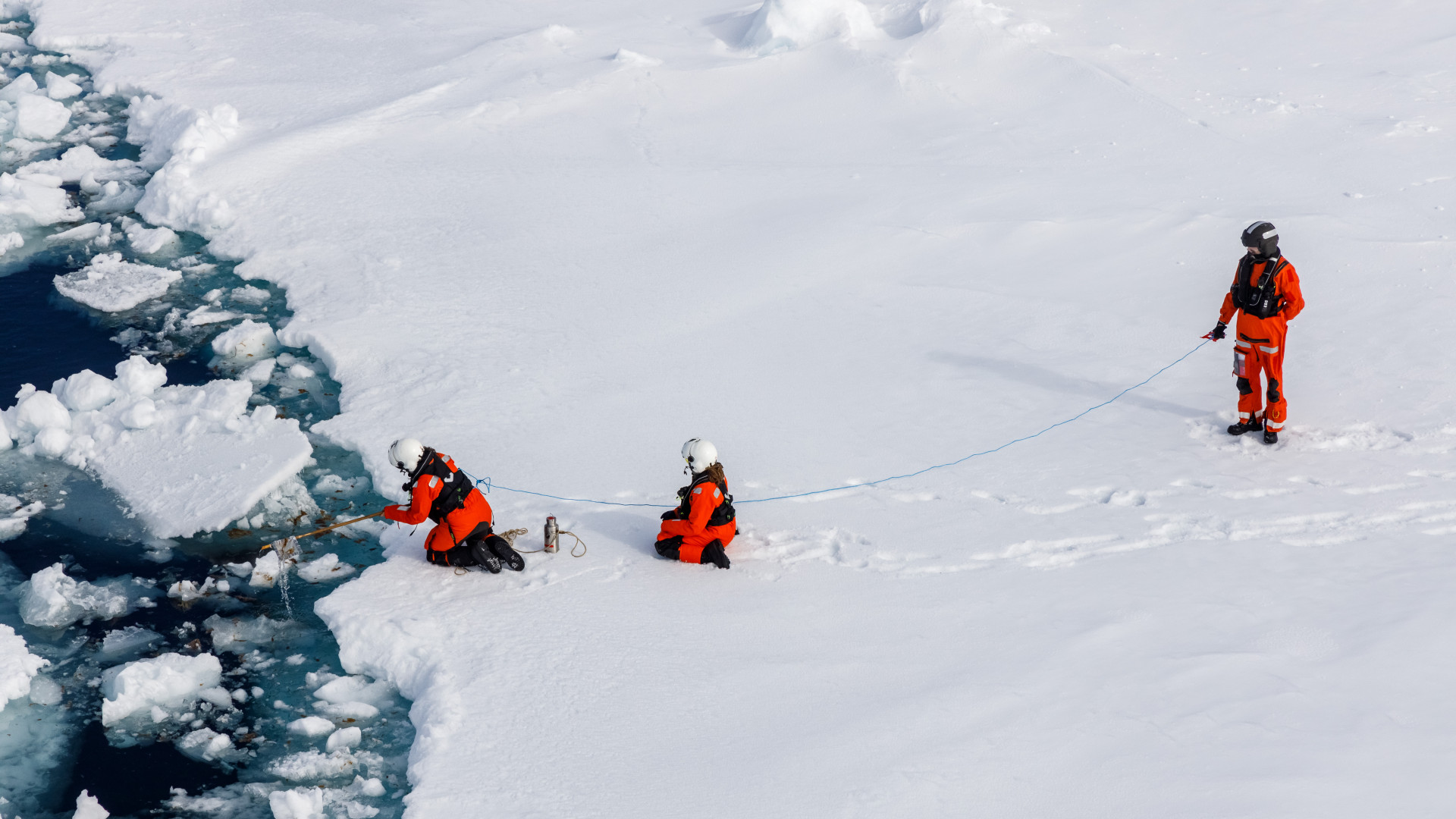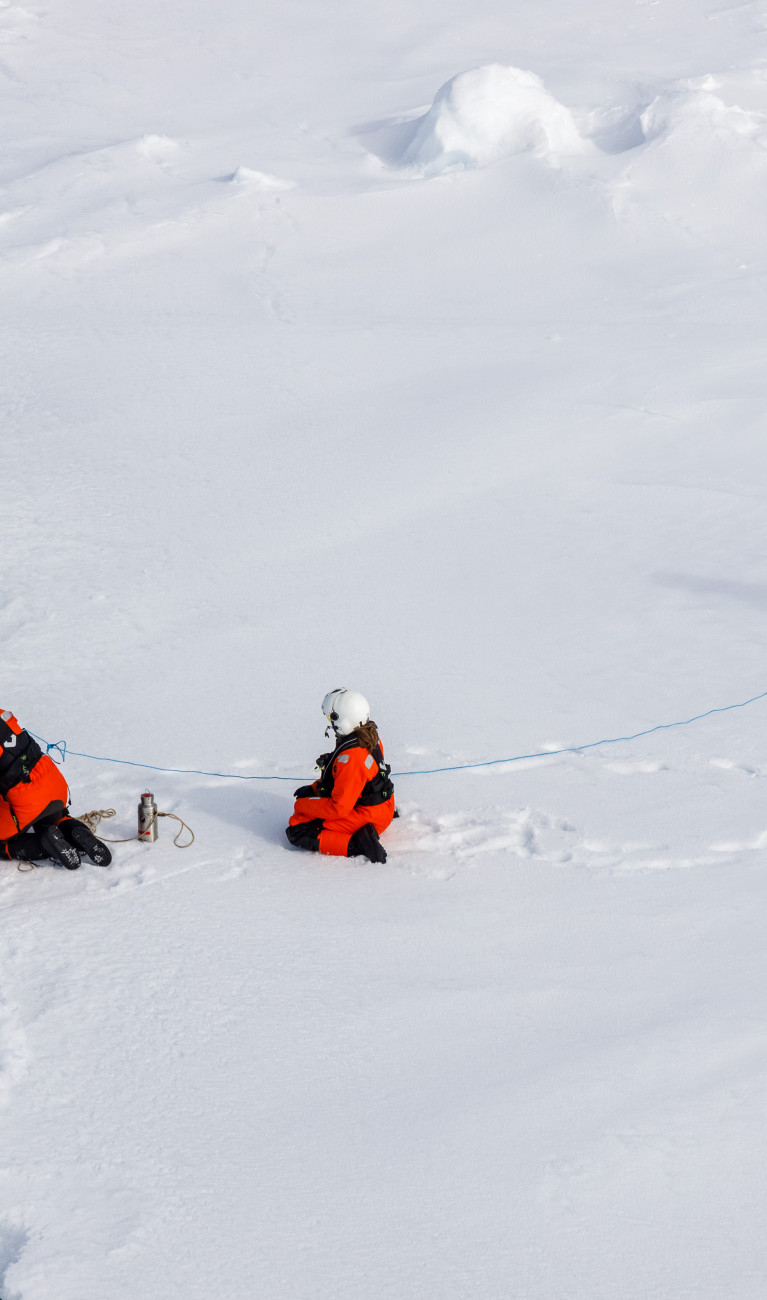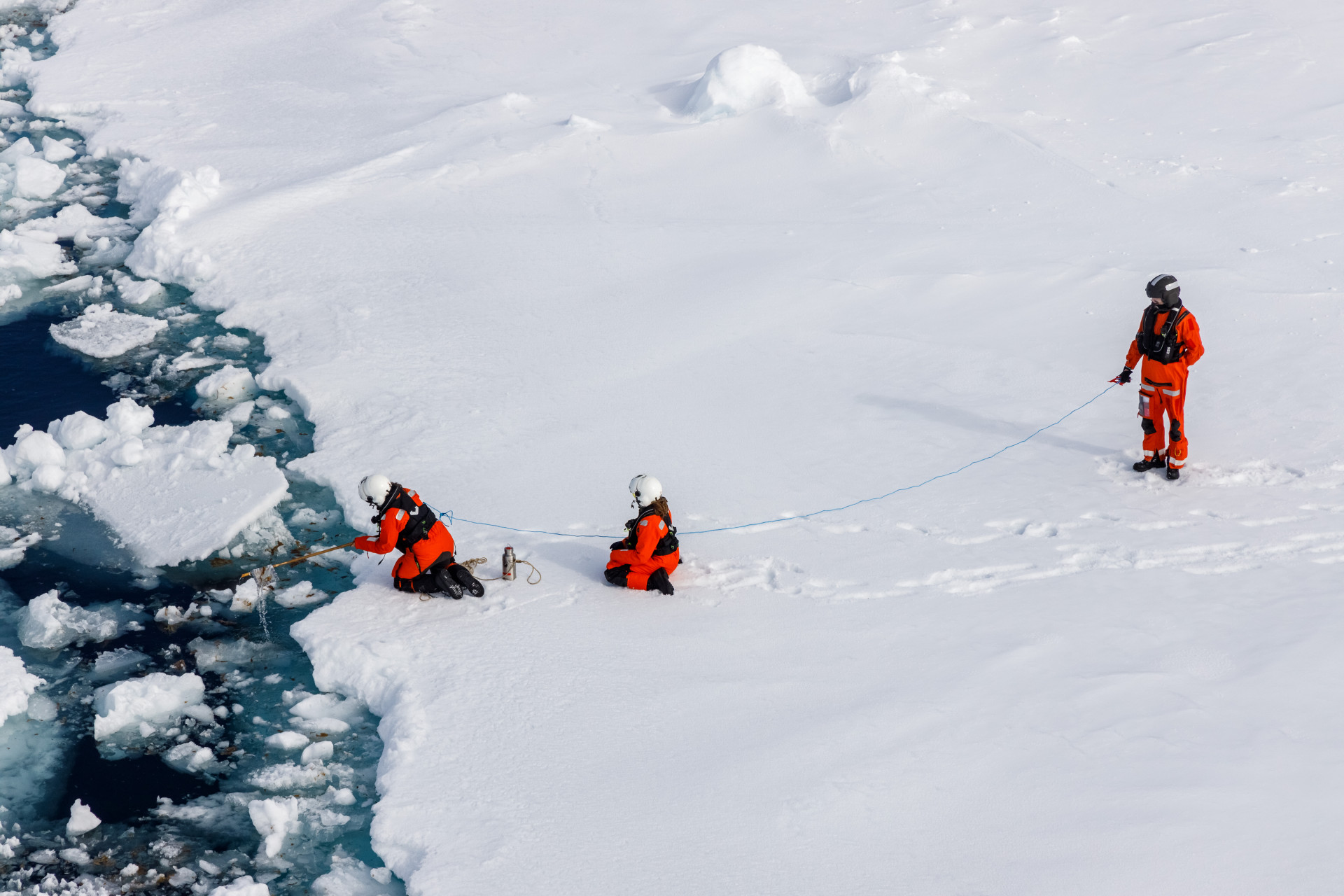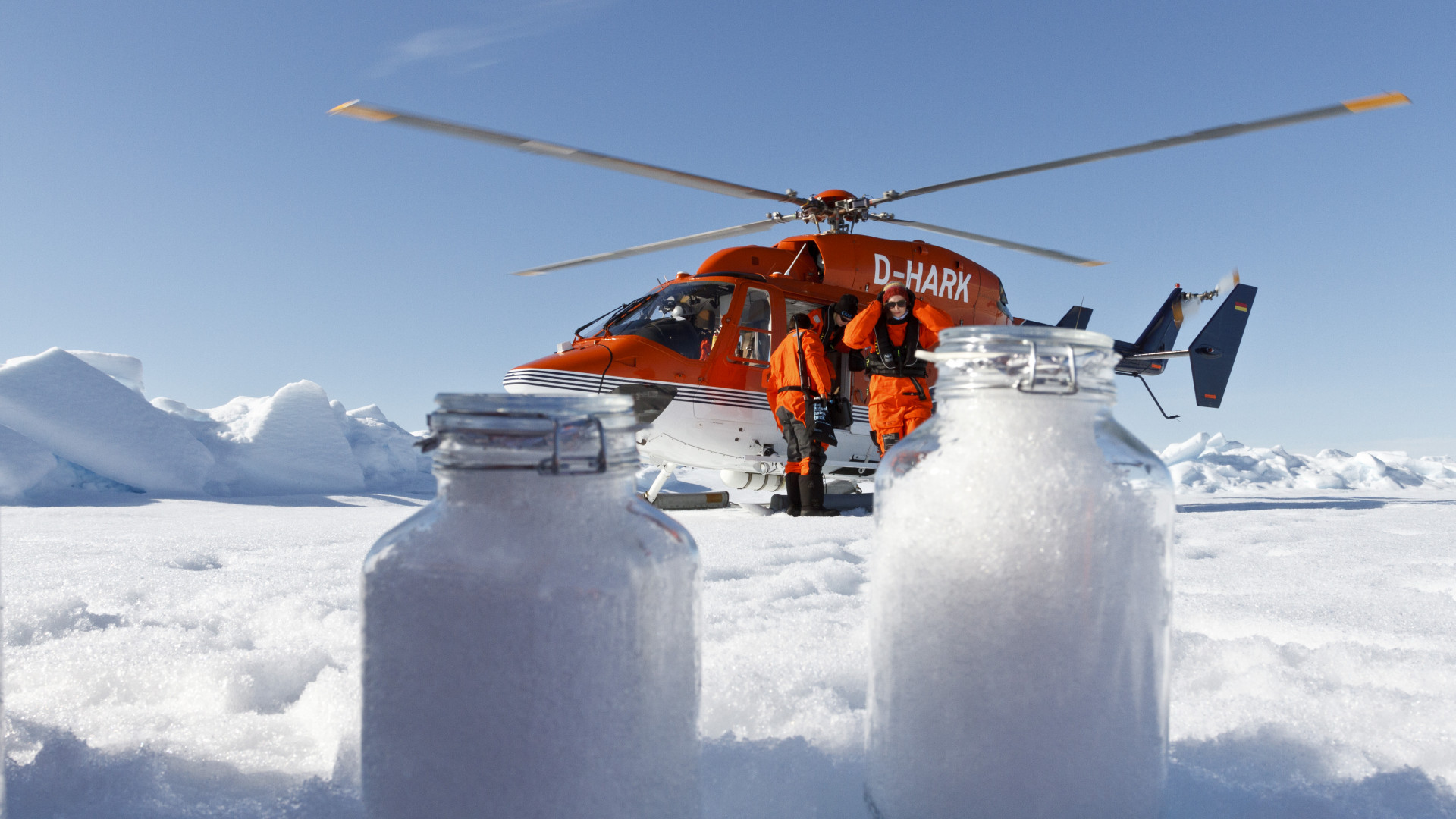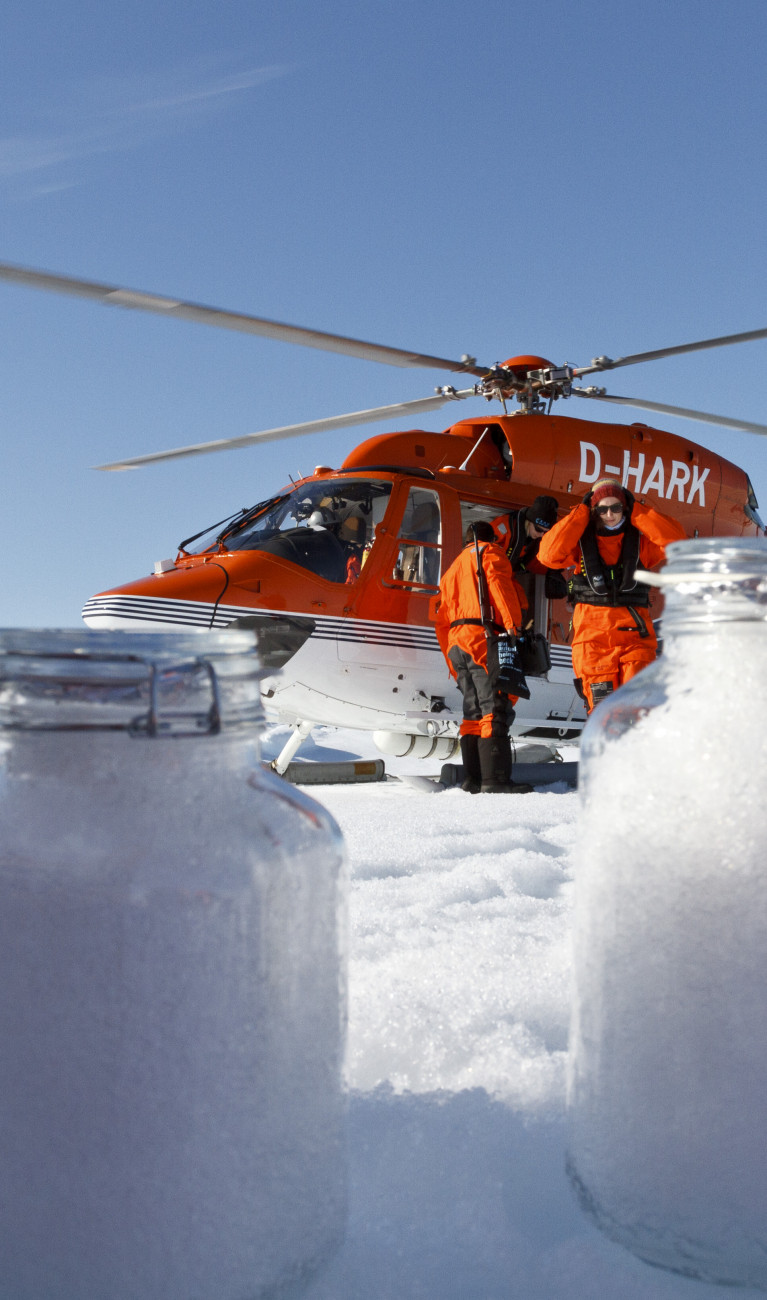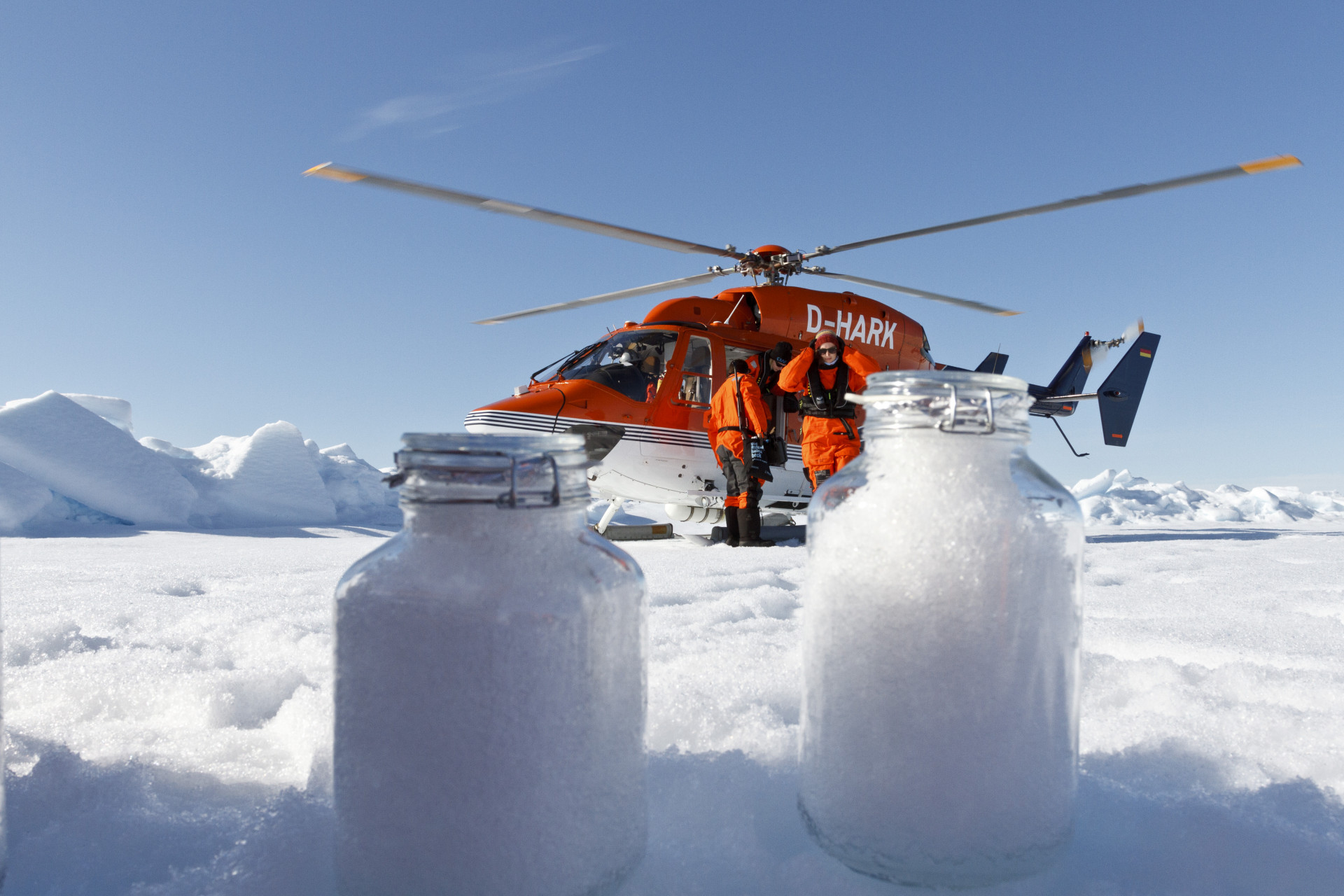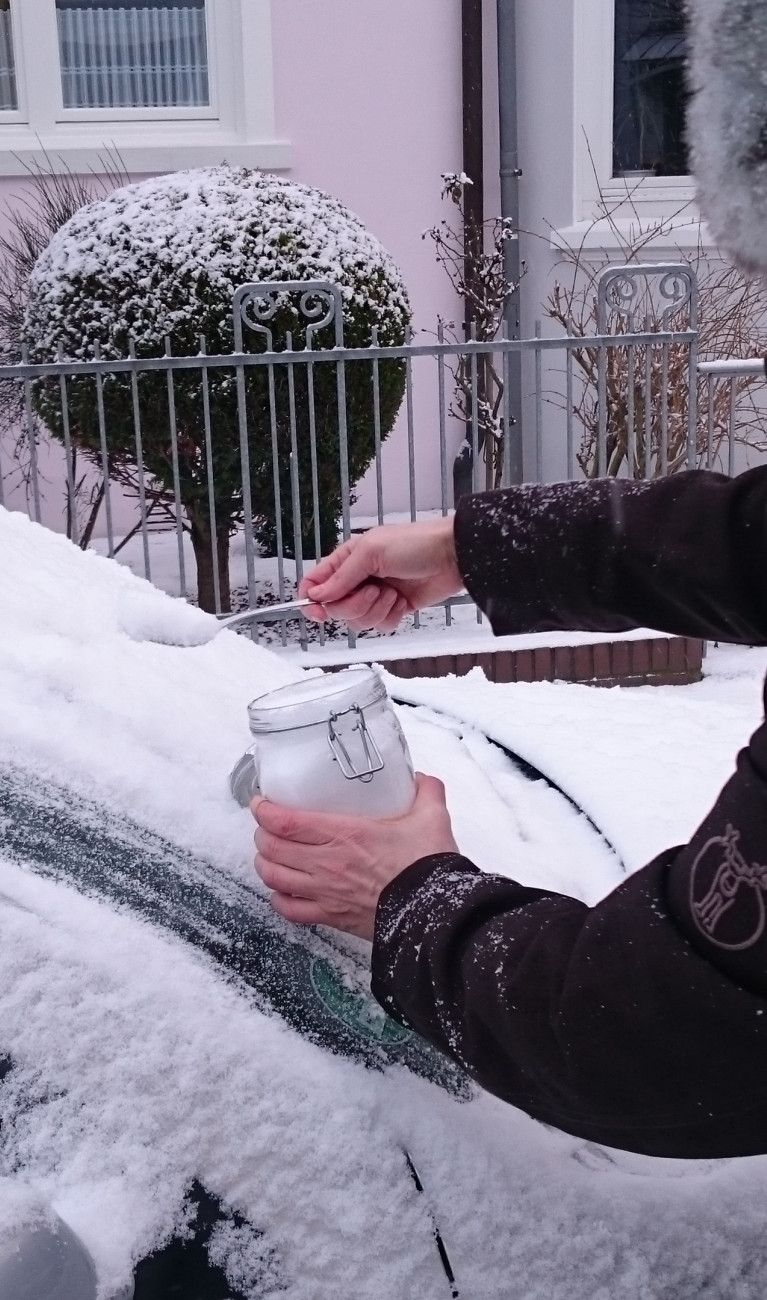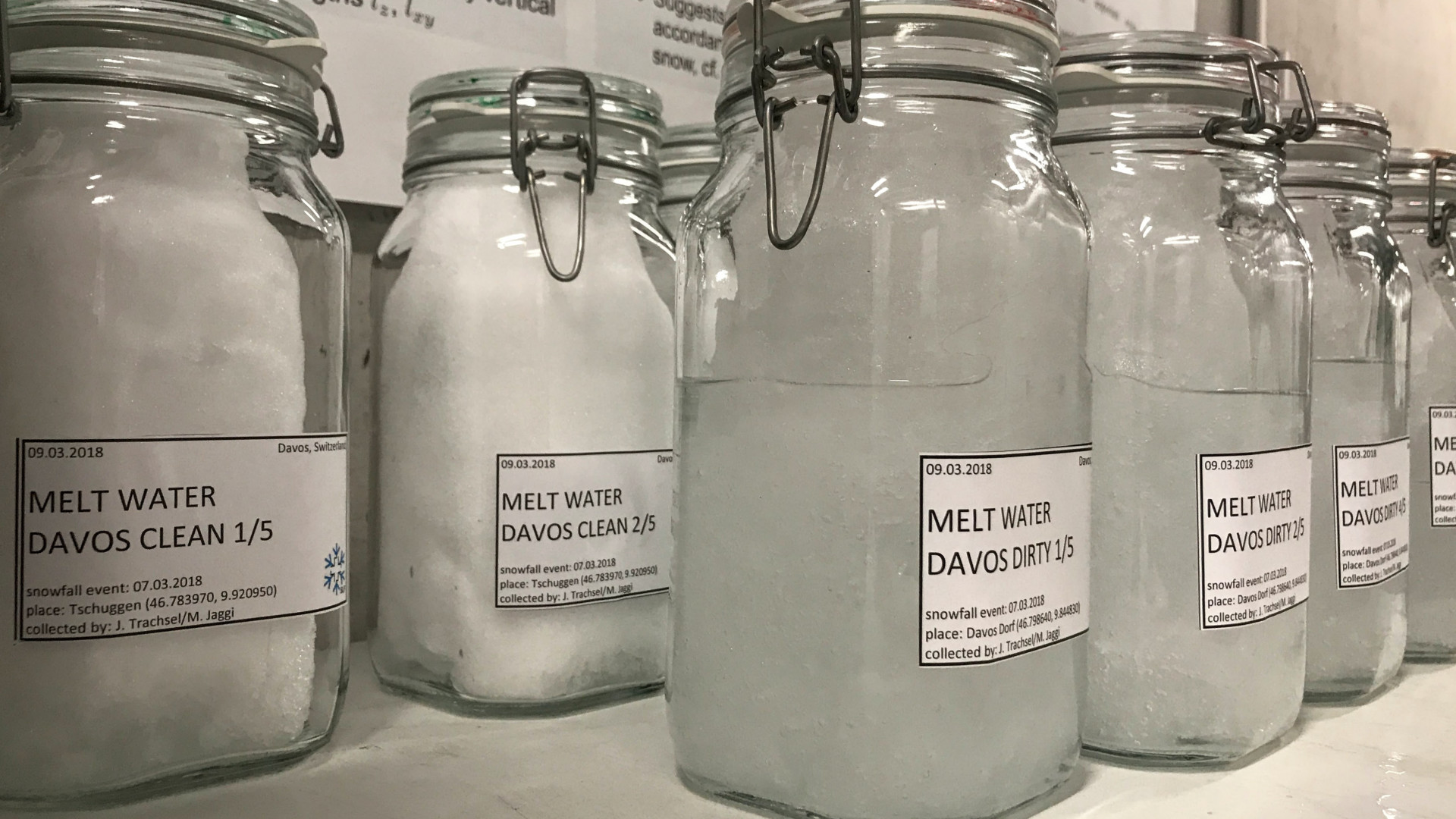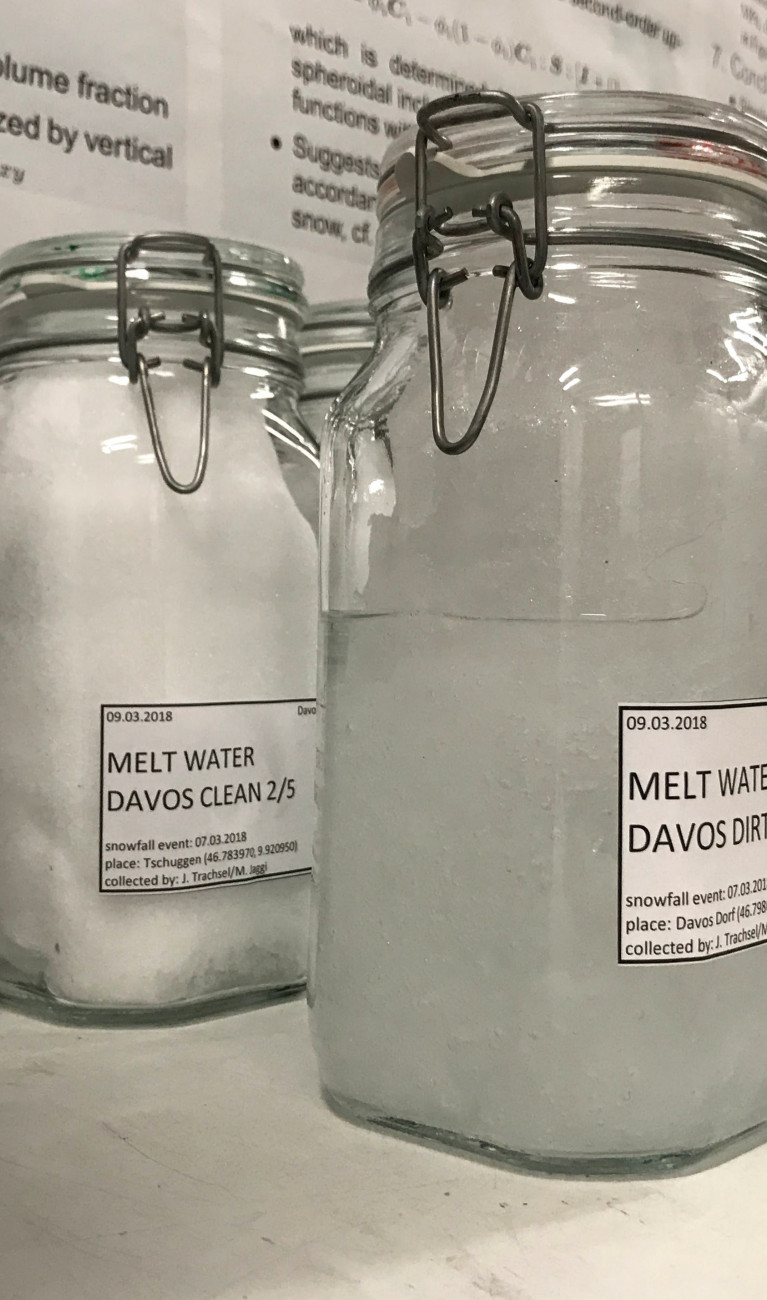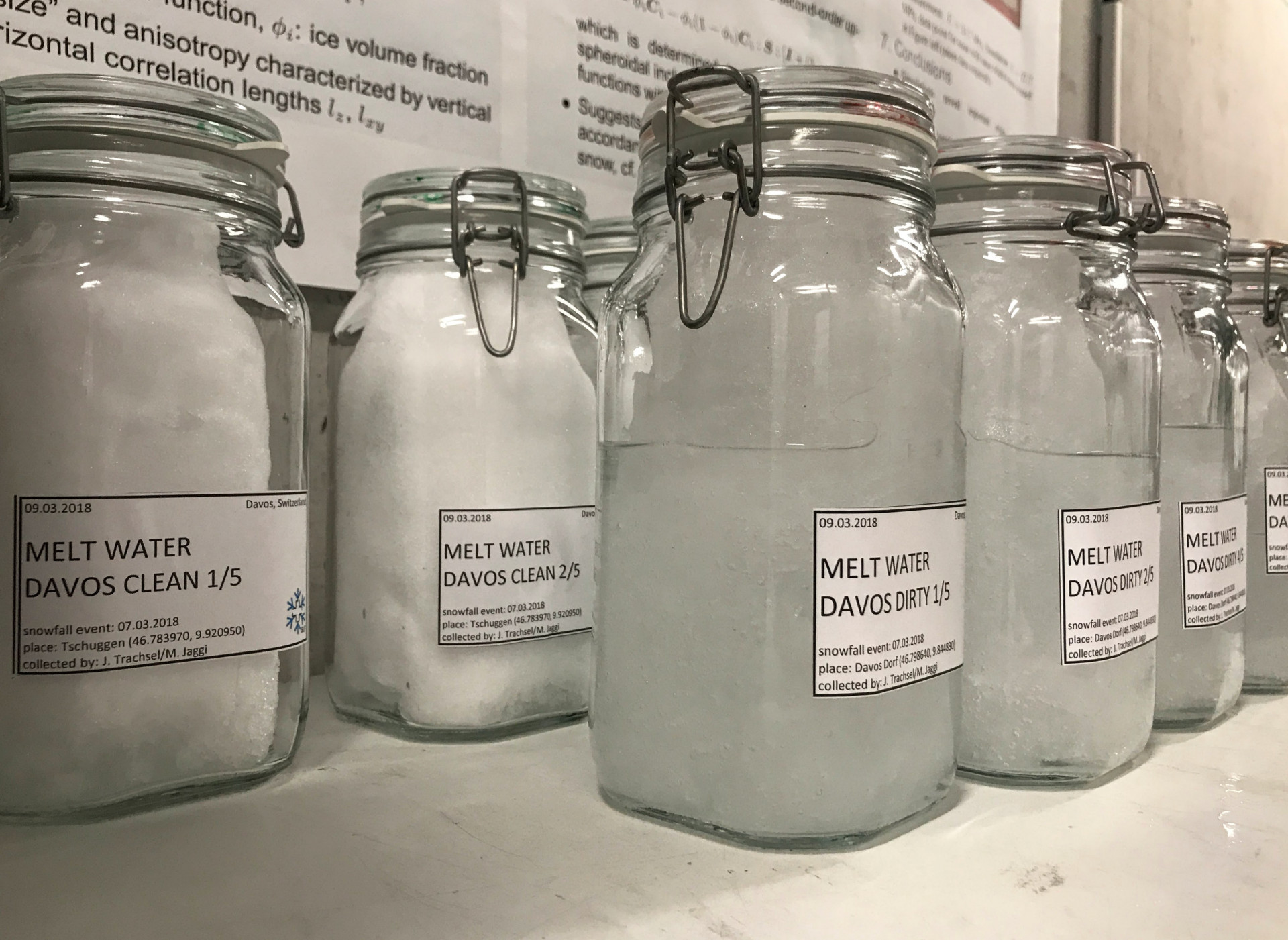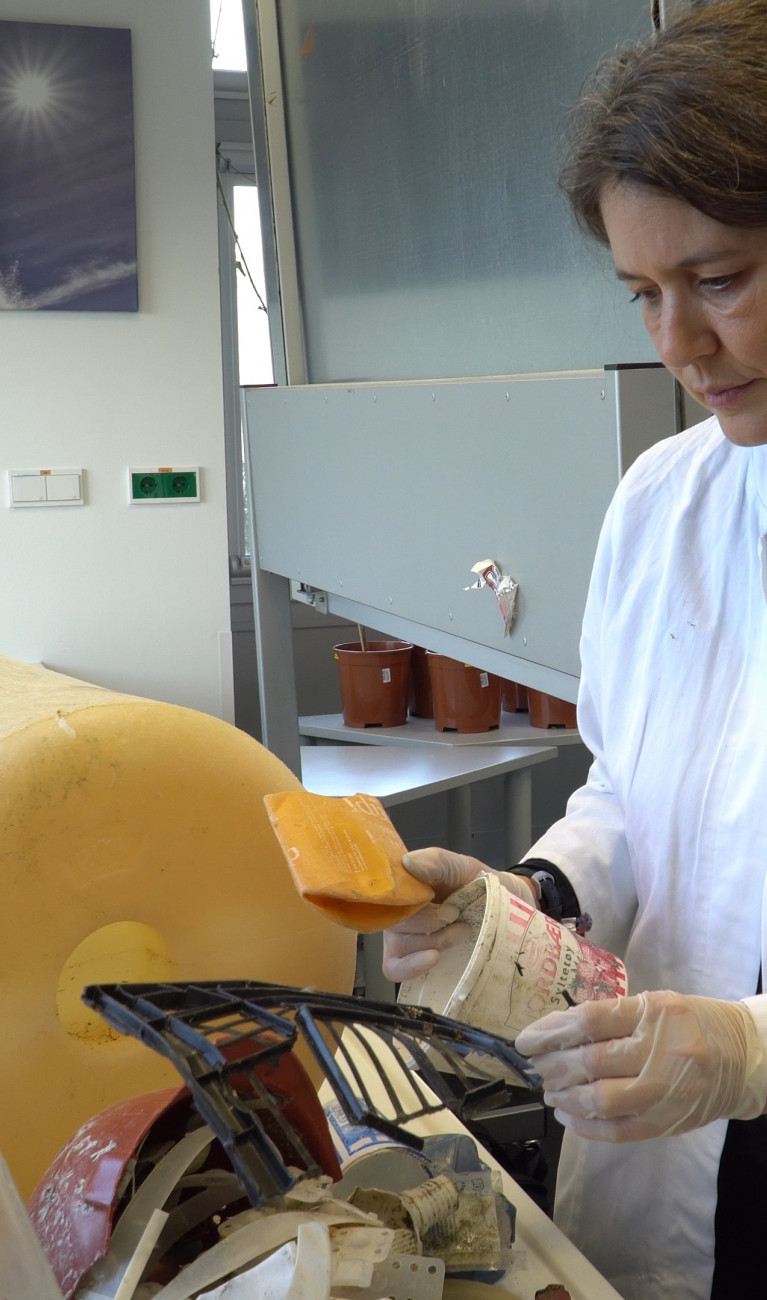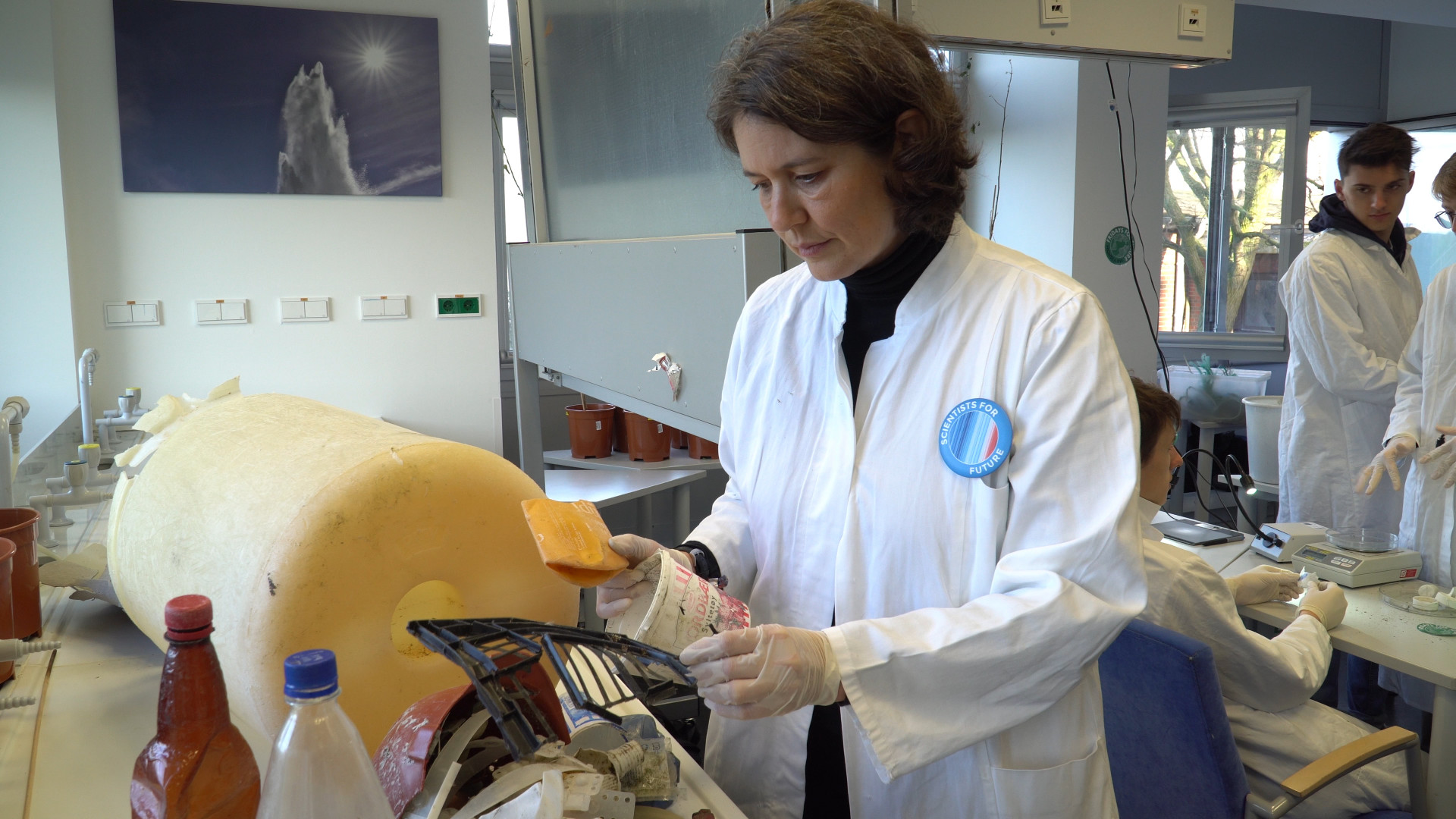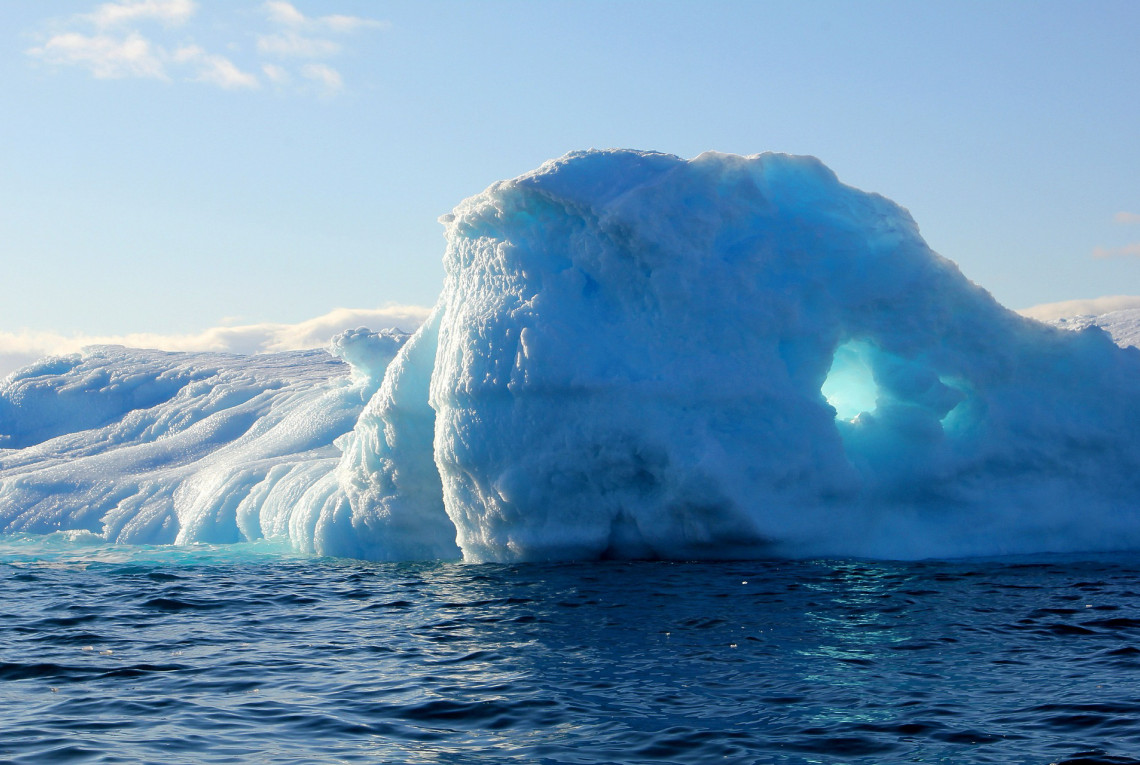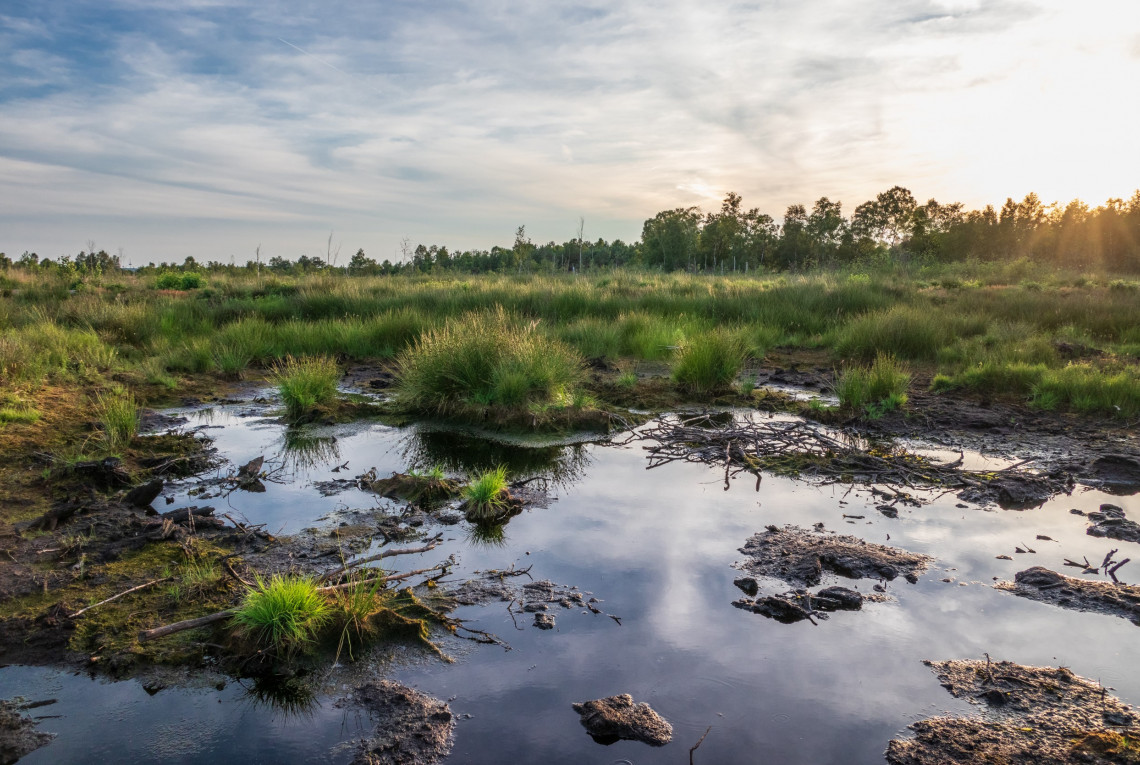Will a plastics treaty also help the climate?


The fifth session of the United Nations Environment Assembly (UNEA 5.2) in Kenya paved the way for an international solution of the plastics problem. Support for a global treaty is strong – that said, it is unclear how far-reaching and binding such a treaty will be. The agreement on plastics is to be drawn up by 2024.
At the UNEA 5.2 negotiations in Nairobi from February 28 to March 2, 2022, two proposals were on the table: A resolution submitted by Japan was primarily geared toward the plastic waste in the sea, but did not outline any legally binding measures to rein it in. 60 states – including Germany and the entire EU – expressed support in favor of the second resolution submitted by Rwanda and Peru before the negotiations in Nairobi started. Under their proposal, there would be consideration of and binding regulation on the negative impact had by plastics products and the chemicals contained therein not only on the oceans, but also on all areas of the environment and throughout the entire plastics life cycle – from production to consumption to disposal.
Related links
Frankfurter Allgemeine Zeitung (FAZ)
Climate impact of plastic production and disposal
The Rwanda-Peru resolution could also reduce the production of new plastics. At present, the amount of newly produced plastics is still on the rise, with 99% of them being produced with fossil fuels. Recycling and incinerating plastics also entail significant CO₂ emissions. According to a report by the non-governmental organization Center for International Environmental Law (CIEL), plastics-related greenhouse gas emissions could be three times higher by 2050 than today, which would correspond to 10–13% of the remaining CO₂ budget for the 1.5-degree target.
Expertise

Melanie Bergmann
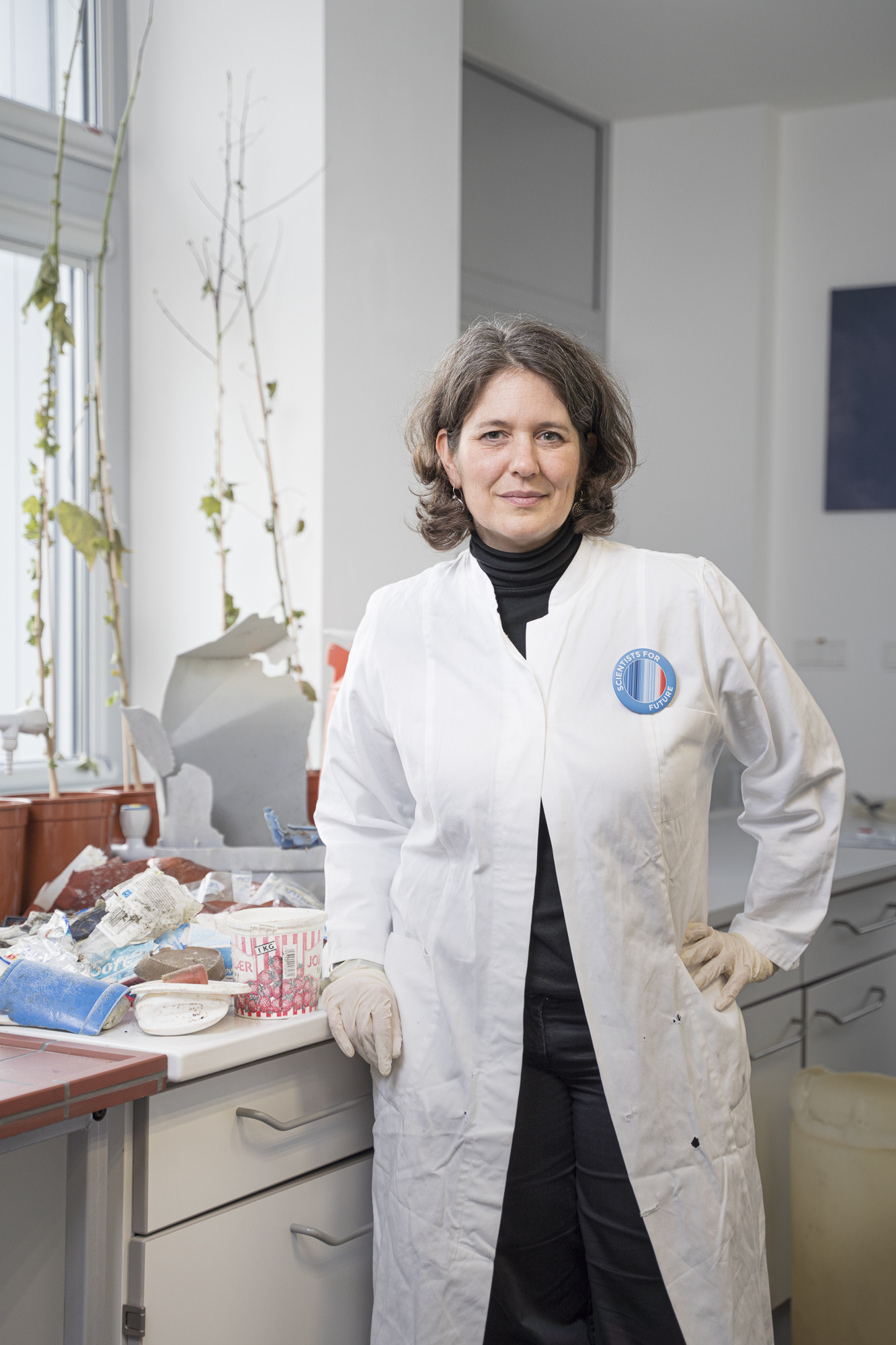
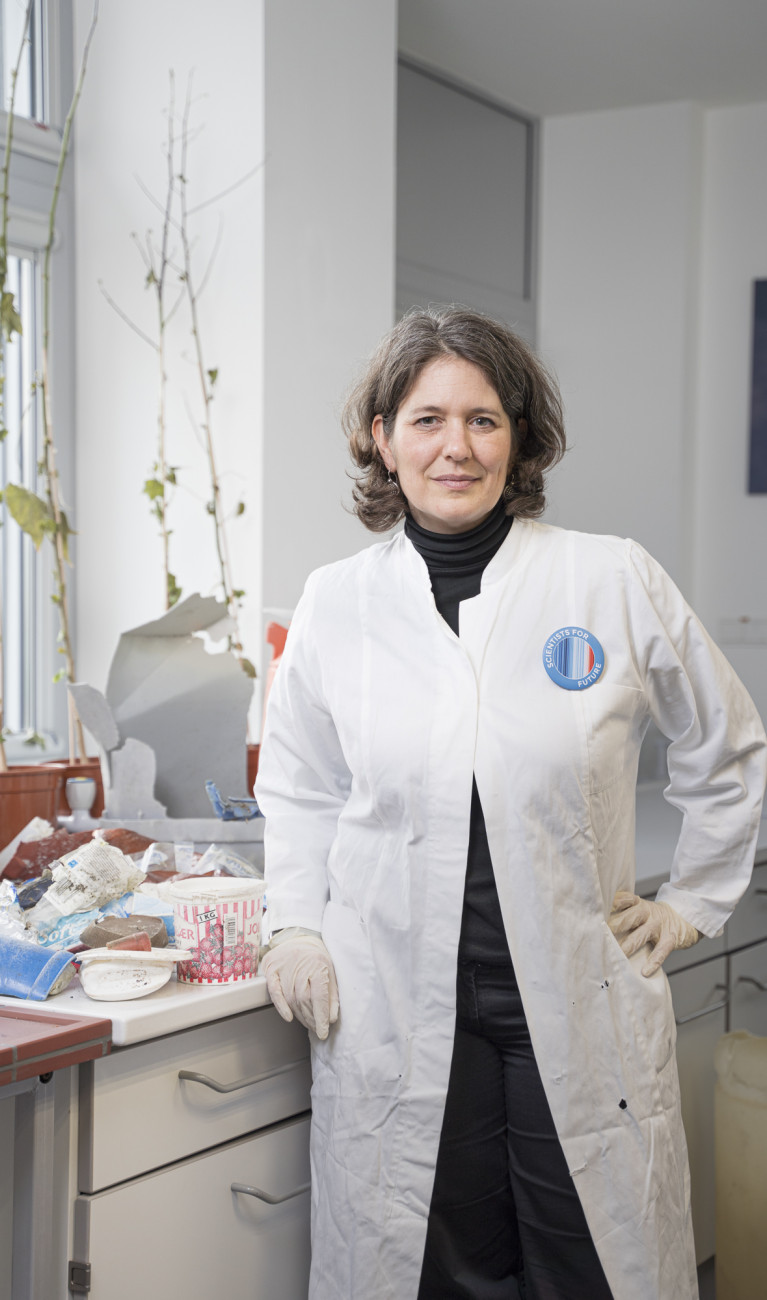
“Only a treaty that provides for a reduction in plastics consumption will lead to a decrease in the climate impact of plastics,” says Melanie Bergmann, marine biologist and plastics researcher at the Alfred Wegener Institute, Helmholtz Centre for Polar and Marine Research (AWI), in Bremerhaven, Germany. “That can only be found in the proposal from Rwanda and Peru.”
Virginijus Sinkevicius, the EU Commissioner for Environment, supports reducing the production of fossil-based plastics as well. “If we want to reach our decarbonization goals for 2050, clearly we have to decrease steadily the use of fossil fuels, and one of the areas here as well is plastics,” Sinkevicius told the news agency Reuters.
Discussions behind closed doors
About one week before the start of the negotiations in February 2022, an investigative report exposed how the US chemicals industry attempted to influence the position of the US government. According to the report, the American Chemistry Council (ACC) – an influential lobby group of the oil and chemicals industry – was trying to prevent restrictions being placed on the production of plastics. Their argument: Plastics offer many benefits, including for the climate. The United States, together with France, expressed its support for a treaty, according to a report from the White House.
Monica Medina, who was heading the negotiations in Nairobi for the USA, told Reuters that they are interested in “being as innovative as possible,” while avoiding a top-down approach. Medina did not make any clear statements on the restriction of plastics production or the goals of the US government.
Improving waste disposal and recycling is not enough
According to Reuters, the ACC and the European association PlasticsEurope met with government representatives behind closed doors in Brussels. Industry associations such as the “Alliance to End Plastic Waste” advocate using improved waste disposal systems, recycling, and innovation to address the issue.
This will not likely be sufficient, as demonstrated by two scientific studies published in 2020 in the journal Science, which for the first time ever ran calculations of future scenarios. A new study in Environmental Science and Technology demonstrates that the planetary boundary for novel entities such as chemicals and plastics has already been surpassed. And just recently, Science Magazine’s Policy Forum published a call for a binding global treaty by an international team of experts. According to the paper, the entire life cycle of the material and the effects of additives such as plasticizers need to be taken into account, and production of new plastics would need to be reduced to a minimum.
“The science is clear: as concerns plastics and chemicals, we are already outside the realm of safe planetary boundaries,” explains Melanie Bergmann. In her own work as a scientist, Ms. Bergmann, who researches animals at the bottom of the deep sea, repeatedly observes plastic pollution. “Even in the remote Arctic, we are finding increasing amounts of plastic waste on the bottom of the sea and thousands of microplastics particles in the snow, sea ice and sediment of the deep sea.”
Helmholtz research on plastics
Litterbase is an online resource that shows where the various types of waste are found and how living beings interact with them (AWI). Read more>
Plastics in the oceans intensify climate change and the loss of biodiversity (UFZ). Read more>
Study shows how microplastics are transported to deeper layers of the ocean via the food web (GEOMAR). Read more>
Expedition in the Pacific investigates the origins and whereabouts of microplastics in the sea (UFZ). Read more>
Researchers investigate how bacteria could break down plastics more efficiently (GEOMAR). Read more>
Waste in the sea is having an increasingly severe impact on marine organisms and ecosystems (AWI). To the report>
The MicroplasticCompendium, a new information hub on the global plastic crisis (Hereon). Visit platform>
“Even with ambitious measures such as reducing plastics as well as improving waste disposal and the circular economy, significant amounts of plastics will keep entering the environment,” fears Melanie Bergmann. “That's why we should create a strong treaty without loopholes from the very outset and quickly put it into practice.”
There is still no international association of scientists similar to the Intergovernmental Panel on Climate Change (IPCC) or the Intergovernmental Science-Policy Platform on Biodiversity and Ecosystem Services (IPBES) that compiles knowledge about the risks of plastics and chemicals. The conference participants in Nairobi now decided to establish a global science-policy body on chemicals and waste, or IPCP for short.
This article was published as a preliminary report on February 22nd, 2022. It was updated on April 20, 2022 with the results of the negotiations. Further statements by Helmholtz scientists on the subject can be found here: "UN start negotiations for a global plastic agreement".

